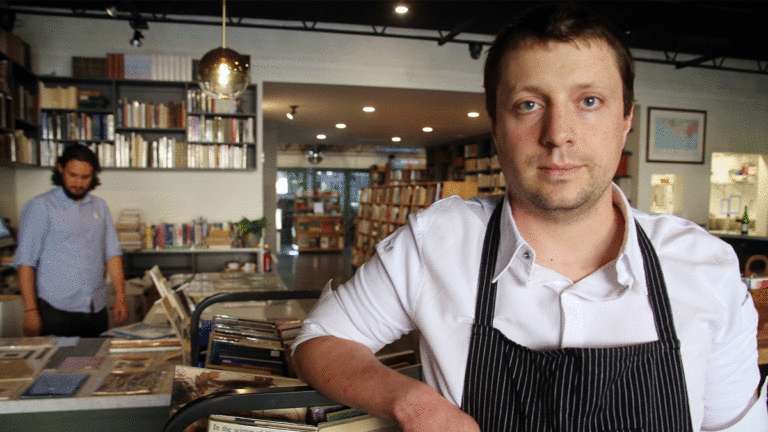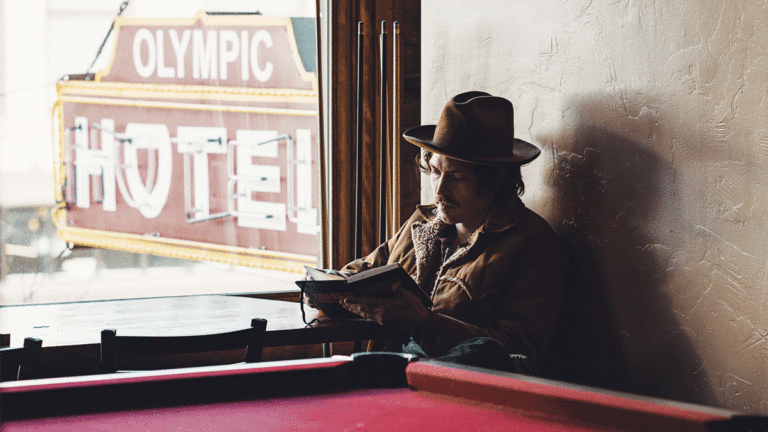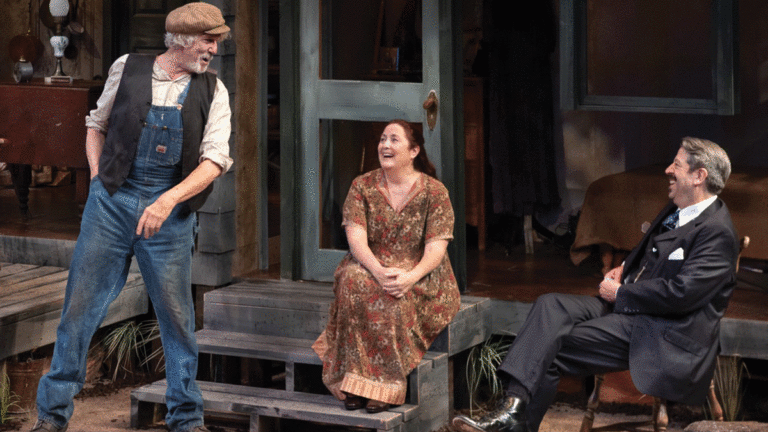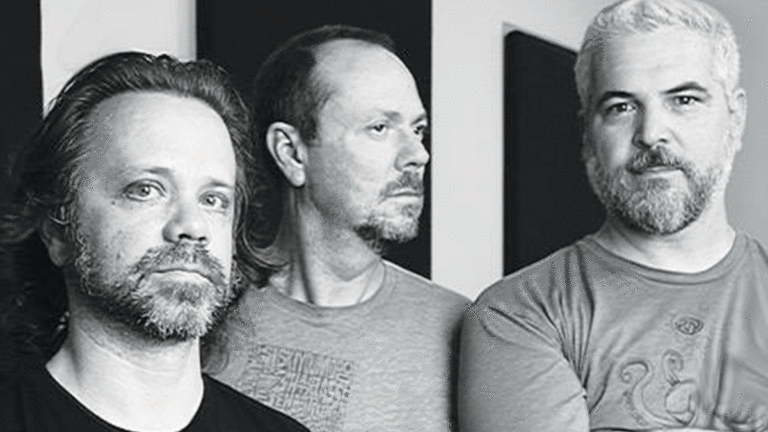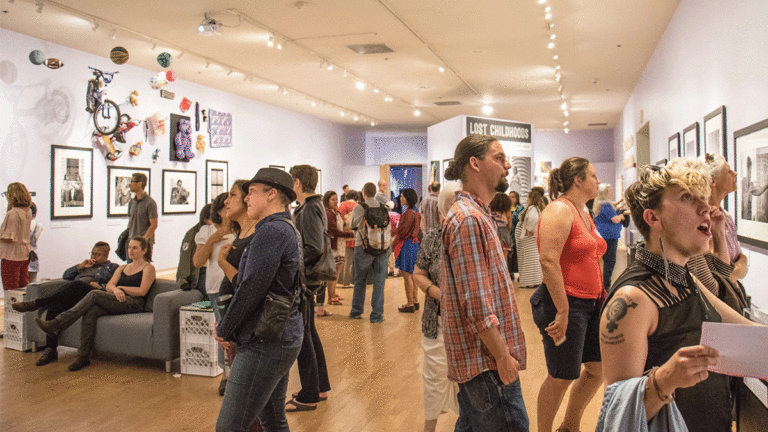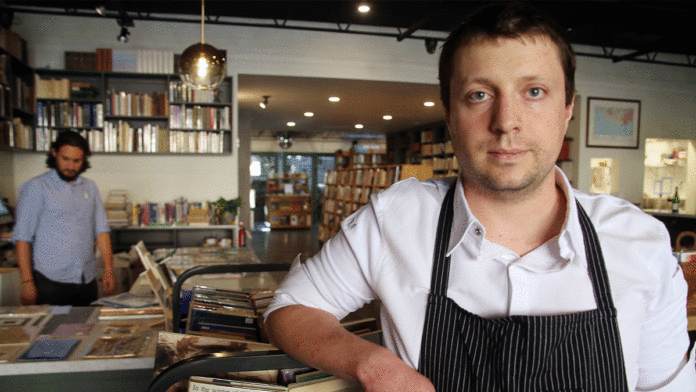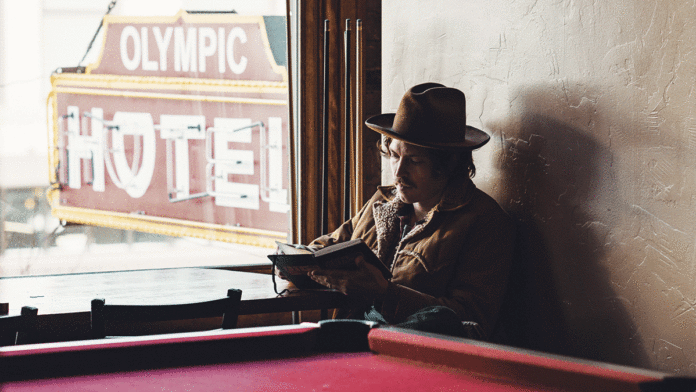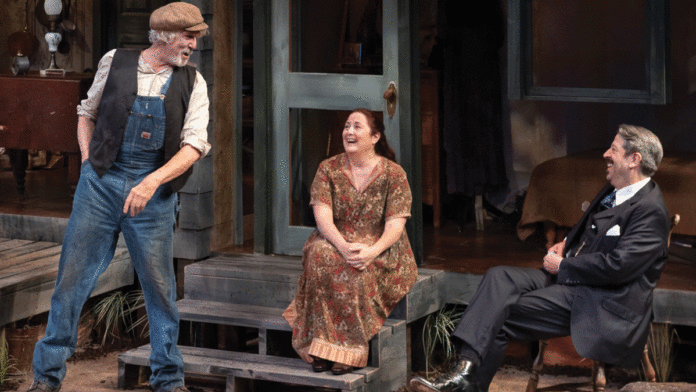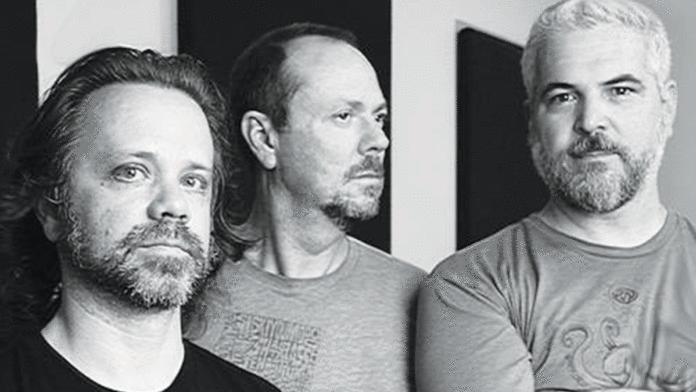It’s never easy for an organization to move on from its leader of eight years, says Bella Babot, a trustee for the Museum of Art and History (MAH).
But it is especially difficult, Babot explains, when a nonprofit’s leader is a visionary who’s as dynamic as Nina Simon, the former executive director of the Santa Cruz MAH, who announced in November that she would be moving on from her post.
“Every organization has got to push reset and understand exactly what the role is, because under Nina, it’s one role,” she says. “But maybe there’s an evolution around there. Maybe we want to tweak that role a little bit.”
Those “tweaks” have apparently proven tricky to master to everyone’s liking. That’s evidenced by the fact that the museum still hasn’t hired a full-time executive director 10 months after Simon told the board she was leaving.
The museum, no doubt, has weathered more challenging storms in the past. It was in financial turmoil when Simon was hired in 2011. She quickly righted the ship, and under her leadership, the budget grew to $2.5 million from $700,000 in 2011, says Interim Executive Director Antonia Franco, who served on the board for three years before she was appointed to the temporary post in July. Attendance grew exponentially over Simon’s eight-year run, Franco adds.
In addition to the overall positive trends, there were several noteworthy moments in Simon’s tenure at the MAH. The museum brought back to Santa Cruz the first surfboards ever surfed outside of Hawaii. Those boards were shaped locally and ridden by three Hawaiian princes at Santa Cruz’s San Lorenzo River mouth in 1885. The museum also has hosted social justice-oriented exhibits, including one about the challenges of foster youth and another about seniors in isolation that’s on currently on display. Among her many other successes, Simon spearheaded the reinvention of Abbott Square—from a quiet, mostly forgotten concrete slab into a food court and bustling community space.
Simon’s departure, though, left a vacuum in an organization known for thinking big. Now, a new letter from influential county residents is attempting to push the MAH in a different direction. With no full-time director at the helm, the MAH’s leaders, donors and fans have begun asking big-picture questions—about management, transparency, what constitutes art, and the balance between honoring the past and looking into the future.
CURATING SYSTEM
On Sept. 3, Former MAH Board President Wayne Palmer emailed a letter to the museum’s current Board of Trustees.
He included a statement with 101 signatures from former board members, donors and community members, including former Redevelopment Director Ceil Cerillo, former Capitola Mayor Gayle Ortiz, and philanthropists Pat and Rowland Rebele.
The statement argues that the museum has strayed from its art and history focus.
Palmer admits that, in a way, he and his long list of acquaintances are “stirring the pot” with this letter. He assumes that current staffers and ardent supporters of the MAH have scoffed at it, and are snickering about how he doesn’t understand the changing world of art.
Since early April, the exhibit We’re Still Here: Stories of Seniors and Social Isolation has been on display in the second-floor Solari Gallery, offering an examination of how an aging population experiences loneliness. Artists took input from 186 senior citizens for interactive features, including rotary phones that guests can hold up to their ears to listen to pre-recorded words of wisdom from local seniors. If I’m being honest, I found it hard to walk through the exhibit without getting a little choked up.
But critics like Palmer believe that type of exhibit would be better suited for a community forum like Louden Nelson Community Center, not an art museum.
In recent years, the museum also overhauled its history gallery to diversify and incorporate more voices from more people of color.
However, some community members, like the History Forum’s Cynthia Rees—a longtime donor—say they are frustrated by how the transition was handled. Rees says the History Forum should have been asked for more input. “It’s unrecognizable compared to what it used to be,” she says.
Simon has not read the letter. She glanced briefly at it and decided that she has heard similar criticisms for years about the changes at the museum. She says she always focused on bringing in high-quality exhibits, even if some of them are different than shows that may have come through in the past.
“Our commitment to great art and history hasn’t wavered, but many of the great shows we showcased were by people who were not white, who were not men, and people who had radical new ways of looking at things,” Simon says. “I don’t see this as an issue about art and history. I see this as an issue of elitism and gatekeeping.”
The MAH, she notes, has become renowned worldwide as a vibrant, multicultural venue that gives a platform to new voices and welcomes those who may have never set foot in a museum before. The British Arts Marketing Association released a case study of the MAH’s business and engagement strategies in 2015, deeming its approach “future-proof” in a changing world.
Simon has continued evangelizing her vision for museums with a new nonprofit she’s started called Of/By/For All, a movement she’s working on to help make public institutions “more relevant, resilient, and inclusive,” according to its website.
PLAQUE IS WHACK
In the wake of the letter to the MAH, critics are talking about other issues as well.
One issue raised by Palmer and donors like Rees is financial transparency. Although some figures are available on the museum website, the MAH hasn’t released an annual report in recent years. Franco is working on a “State of the MAH” report, which will come out in the next couple of weeks. She says that the museum will release a full report in June 2020.
The statement from Palmer also discusses plaques with donor names that are no longer hanging in the museum. MAH Trustees Peter Orr and Ken Doctor both say the donor names came down, and that, however that decision transpired, it was wrong. Franco says she is “doing the research right now” to determine how many names came down.
Simon insists that if any names did come down, it wasn’t during her tenure. The one exception, she says, is that, in the transition to build Abbott Square, staff did mistakenly take down a sign honoring Santa Cruz County Supervisor Bruce McPherson’s family, whose generous gift helped make the whole museum possible in the first place. When she realized what had happened, Simon worked with McPherson to put a new sign up. She says that she’s found no record of any of the other donor names coming down at the MAH during her tenure.
When reached for comment, McPherson reviewed his own records and sent GT a list of names that he says did come down from the walls. “I would like to see them recognized,” McPherson says. “What happened or when it happened—I don’t know,”
Historian Geoffrey Dunn, who has supported Simon, thinks the criticisms have been overblown and unfair.
“The complaints sound somewhere between bullshit and imbecilic to me,” Dunn, a GT contributor, writes in an email. “I could ask why organizations like the History Forum and the Santa Cruz Symphony aren’t more inclusive and reflective of the diversity of Santa Cruz County, but I don’t, because what’s the point? I’m intolerant of pettiness. If any plaques were taken down, put them back. Issue an annual report and financials. Simple. This isn’t rocket science. May 100 flowers bloom.”
FUN DIRECTION
Late last year, the MAH formed a recruitment committee—made up primarily of board members, but also with a couple of community members—to search for the museum’s next executive director.
Before they got started, the museum hired a recruitment firm. Committee members took input from the rest of the board, from donors and from staff on what they would all like to see in the next director and where they think the museum should go.
The committee did a few rounds of interviews, bringing in community members to help with interviews, and some staffers came to meet the candidates, says Trustee Ken Doctor, who led the recruitment committee. Committee members winnowed down the field from dozens of applicants, he says, to just two finalists, both of them women. But when the staff found out who the two finalists were, some administrators expressed dismay, and threatened to shut down the museum in protest, Doctor says. Both applicants withdrew their names from consideration.
“That pretty well chilled the process,” Doctor says. “As you can imagine, there was a lot of consternation about it.”
That is when the museum pushed the “reset” button, as Babot puts it. She adds that one of the two finalists was unsure if she was really ready to move to Santa Cruz, anyway—which was another reason to put everything on hold.
Going forward, Babot and fellow Trustee Peter Orr say that with the MAH under Franco’s careful guidance, trustees have the opportunity to take their time in finding its next leader—with a healthy dose of community involvement and discussions about what’s next.
“Everyone’s heart’s in the right place,” Orr says, “and we’re gonna restart the process when we’re ready, when we’re comfortable, and we have all our ducks in alignment.”


